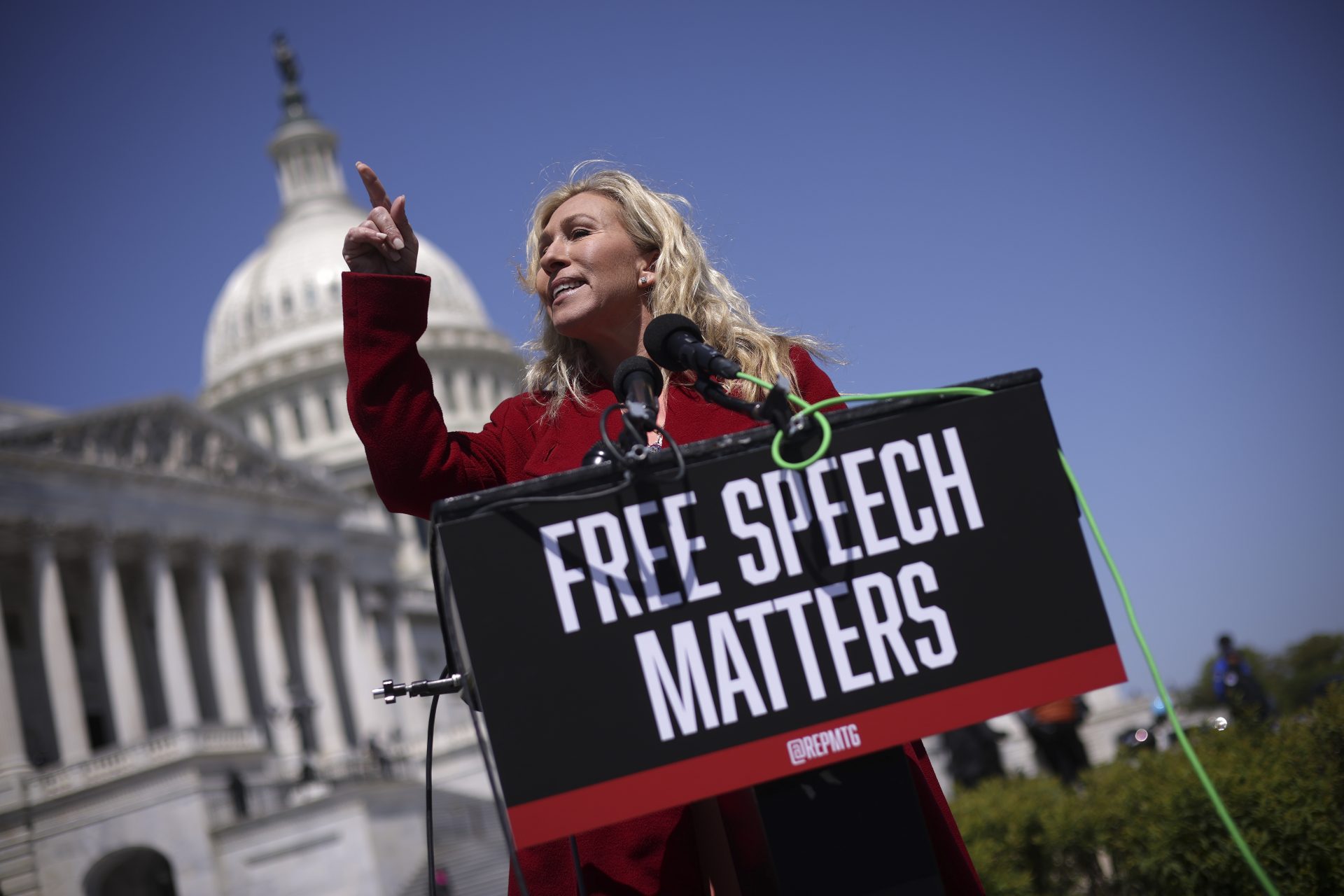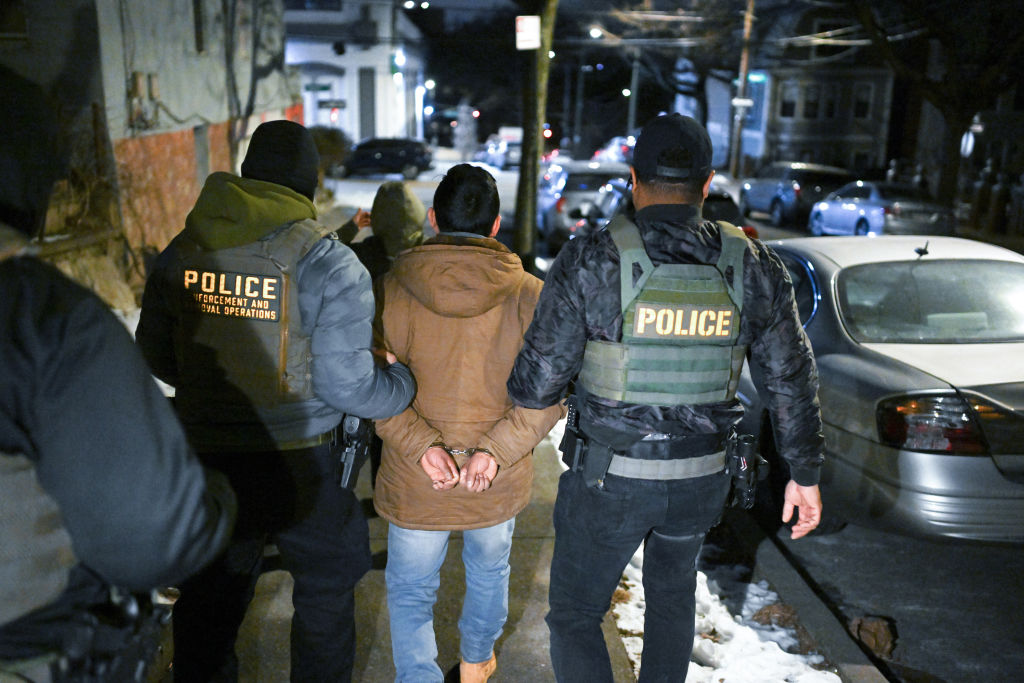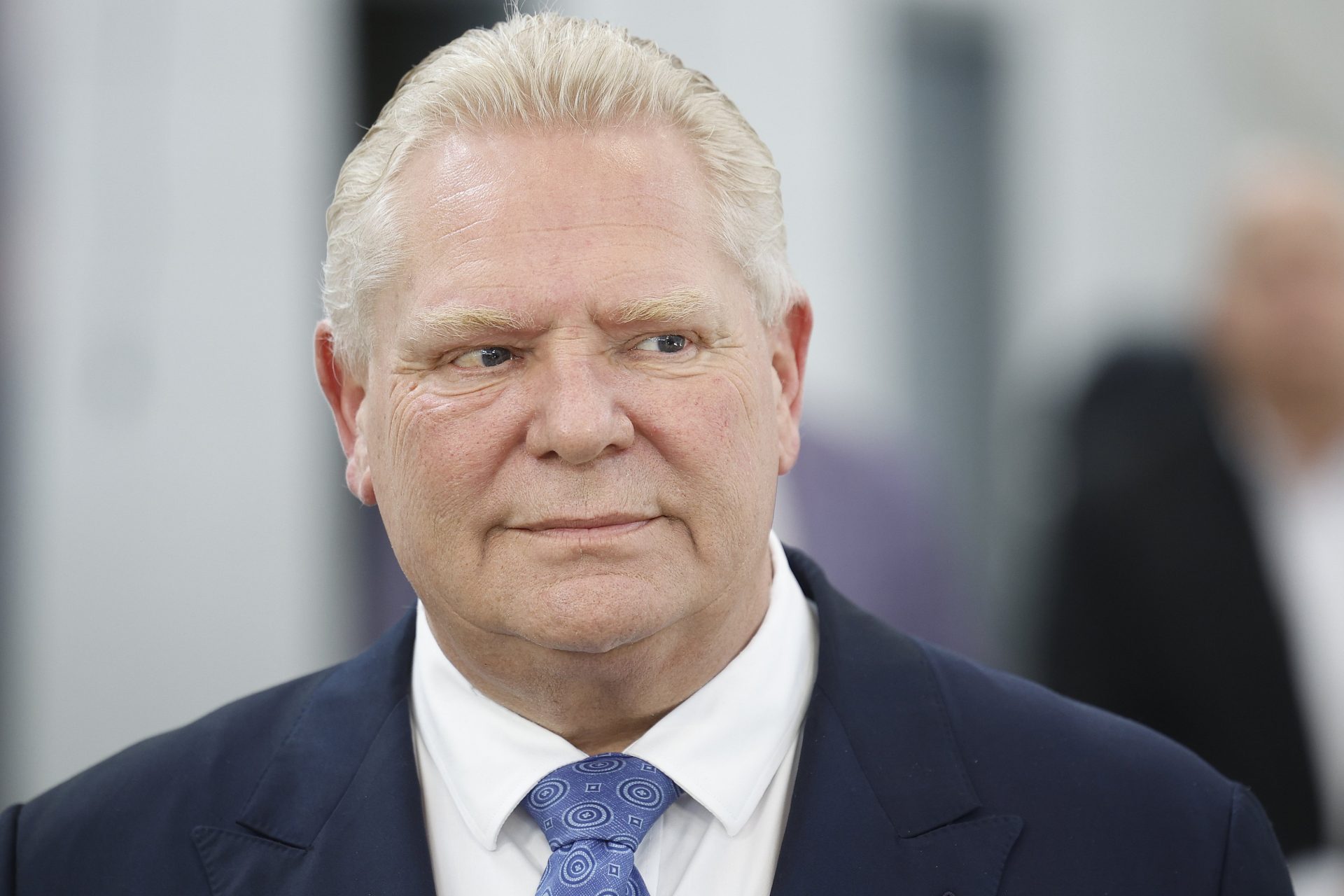Hiroshima: How Japan’s military city became a world capital of peace
Since August 6, 1945, the name Hiroshima has had many meanings: the dramatic end of a world war, the possibilities of science, the fear of nuclear Holocaust. However, sometimes we forget it also means home for over one million people.
A park stands in the center of the city of Hiroshima in Japan. Every year, it gets around one million visitors. However, this is not an amusement park, but a park dedicated to peace and the memory of over 100,000 who were killed by the drop of the first atomic bomb.
The Peace Park was opened in 1954 stands in what was, before the war, Hiroshima’s busy downtown. It was turned into a vast, empty landscape after the nuclear bombing.
Among the features of the park there is a museum, a cenotaph, a children’s monument, and the Atomic Bomb Dome, which is a UNESCO Heritage Site.
Once the Hiroshima Prefectural Industrial Promotion Hall, the Atomic Dome one of the few buildings not destroyed by the bomb, and it stands as a bitter reminder of nuclear holocaust.
Why was this city hit with a nuclear bomb out of all places? Although not as important as Tokyo, Kyoto or Osaka, Hiroshima had been a strategically important hub several decades prior to the bombing.
Located in the southwestern part of the island of Honshu, Hiroshima became a regional capital, plus a major industrial and urban center in Japan in the late 19th century.
Hiroshima also became a military city, garrisoning important Army and Navy troops that took advantage of its location and its then-modern port across the strait from Korea.
The city briefly served as provisional capital of the imperial government and headquarters of the Japanese military when war against China broke out in 1894. The conflict has been seen as the moment when Japan displaced China as the main power broker in East Asia.
Prior to the Second World War, Imperial Japan expanded throughout the Pacific into Taiwan, the Korean Peninsula and the Chinese region of Manchuria.
By the time of the attack on Pearl Harbor in 1941, Hiroshima was the base of several military facilities, plus the base of Japan’s Second Army.
Hiroshima had been spared by Allied bombers throughout the Second World War. However, many were concerned that an attack on the regional capital was a matter of time.
Then, on August 6, 1945, the atomic bomb ‘Little Boy’ was dropped on Hiroshima. Three days later, another bomb, ‘Fat Man’, was used to bomb the city of Nagasaki. Japan immediately surrendered, thus ending the Second World War.
Pictured: The 'Little Boy' Bomb
Temperatures reached over 3,000 degrees Celsius as thousands died instantly from the blinding light of the explosion.
Many others died because of their wounds. For many years and decades, countless died because of cancer and other radiation-related injuries.
A memorable victim is Sadako Sasaki. She was 2 when the bomb dropped near her home in Hiroshima, and developed leukemia in 1955. She began making origami cranes, following a popular belief that if you folded a thousand of them, a wish would come true.
The memory of Sadako Sasaki (who passed away in 1955) and her paper cranes have become a symbol of the victims of nuclear war.
Still today, many hospitals and medical facilities in Hiroshima provide free medical care to the survivors of the nuclear bombings.
Many people question if such an attack was justified. The United States government, at the time led by Harry Truman, argued that an invasion of Japan by the Allied forces would have been far more costly and deadly.
The United States occupied the island until the early 1950s. Around the same time, Hiroshima began to reemerge from the ashes to become an important commercial and industrial hub for Japan.
A symbol of this is the Mazda Motor Company, one of Japan’s leading automobile brands, which has its headquarters in Hiroshima.
Once a city dedicated to the military, Hiroshima has become a world capital for peace.
A vigil takes place every August 6 in the Hiroshima Peace Memorial Park to mourn for the victims and pray for world peace.
The Hiroshima Peace Memorial Ceremony, as the vigil is formally known, began in 1947 by mayor Shizo Hamai. A survivor of the nuclear bomb, he claimed to have obtained the idea by seeing plants start to grow among the devastation.
There’s also a statue of Sadako Sasaki, the 12-year-old girl who made origami cranes, in the Children’s Peace Monument.
The monument is made up of thousands of paper cranes donated from all over the world. There’s also a plaque that reads: “This is our cry, this is our prayer; to build peace in the world”.
More for you
Top Stories







































